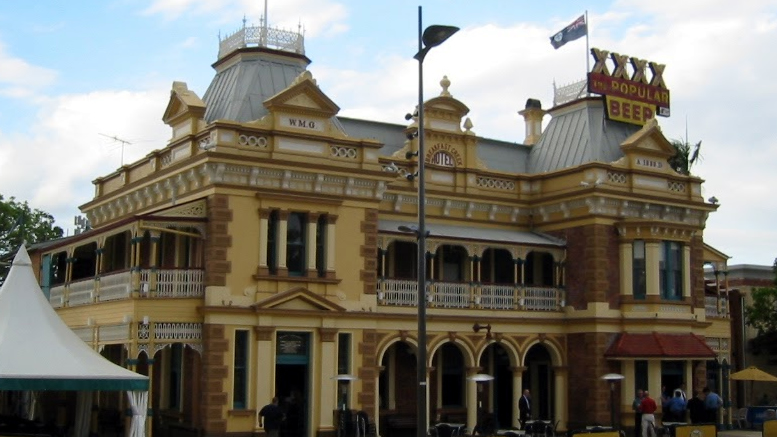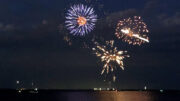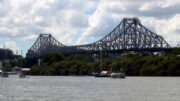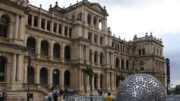
In the early 1800s the free Settlers of New south Wales placed pressure on the government to get rid of the worst convicts from Sydney, The governor of New South Wales at the time was Sir Thomas Macdonald Brisbane, He agreed to the proposal and sent Lieutenant John Oxley to the north in the cutter, Mermaid to explore the Moreton Bay area.
When Oxley arrived near Bribie Island he saw a group of Aborigines and two white men running towards his ship. It turned out that the two white men had been stranded there for several months and had befriended the local aborigines. the castaways, Pamphlett and Finnegan told Oxley of a river that was not far away, so Oxley and some of his crew set out with Finnegan to find along the river which was to be an ideal place for a settlement.
Oxley headed back the next year to the place that was named Brisbane, after the New South Wales governor of the time, they set up the settlement at what is known as Radcliff but moved the Settlement further up the river to where Brisbane’s CBD now stands.
When the penal settlement was abandoned in 1842 the area had just started to be developed for free settlement, but things were moving slowly until an immigration scheme jolted the population to over 8000 by 1851.
The colony of Queensland was made into a state in 1859, things progressed rather slowly for several years after this as the state was virtually broke, but a gold rush at Gympie in 1867 turned the state’s fortune around and saw Brisbane start to develop at a rapid rate.
From the 1870s through to Federation Queensland was one of the fastest growing states in Australia, people flocked to Queensland and Brisbane as they discovered its agricultural and mineral resources along with its great climate made up for a great lifestyle.
The rapid expansion of Brisbane continued up until the end of world war one, when the Great Depression saw a huge amount of Brisbane residents left unemployed and homeless. When world war two hit, Brisbane became the Base for thousands of US and Australian troops as well as United States General Douglas MacArthur and Brisbane began to recover economically and has never looked back.
Today Brisbane’s CBD is flanked on the other side of the river by the Southbank Precinct, once industrial land it was redeveloped for Expo 88 and the redeveloped again in the 90s as a huge recreational park and entertainment complex. Brisbane’s beautiful collection of old sandstone buildings stand in contrast to the modern glass, metal and concrete skyscrapers of this fantastic city.




